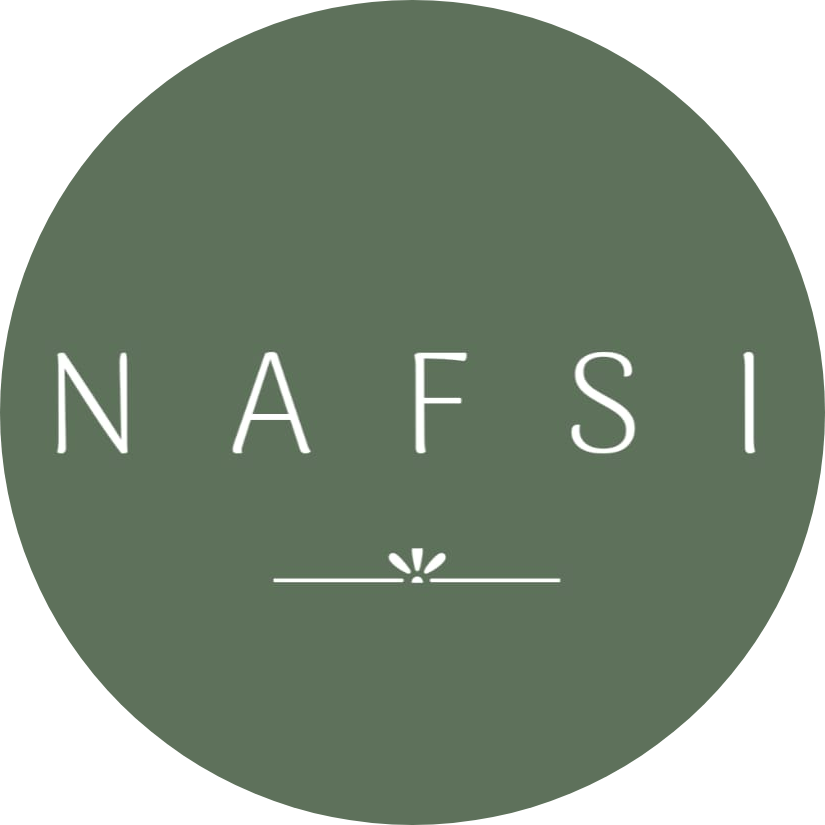The “Art Salon 523”, a group art exhibition opened at The Kobo Trust in Nairobi on August 18. Put together by the Kobo artists, also known as the Seven Artists- Timothy Ochola, Rasto Cyprian, Paul Njihia, Nadia Wamunyu, Onesmus Okamar, Onyis Martin, Iona McCreath, Lemek Sompoika, David Thuku, and Taabu Munyoki- the show rethinks alternative ways artworks can be displayed.
A total of 84 pieces of art from 18 artists were showcased at the gallery.
Mixed media artist Onyis Martin tells us what the creative process that went into arranging the pieces and what they hoped to achieve through this exhibition.
Nafsi: What is Art Salon 523?
Onyis: It is a concept that gives artists the freedom to exhibit in unconventional spaces, away from the normal art gallery spaces. It is like a pop-up. This concept asks, “How else can art be displayed?”
We know how art is exhibited at Maasai Market and it is popular because of the prices. People now have a chance to experience that chaotic display here, but at normal gallery prices. The 523 represents Kobo’s physical address along Riara road.

Nafsi: We were happy to see you and your fellow artists arrange the pieces. It seemed to be a thoughtful and fun process and we are curious to know, what informed how pieces of art were displayed for this show?
Onyis: Generally, there are politics as to how artworks are displayed and what we get when they are done in a certain way. This show brought together the gallery, studio, and home. Some artworks were neatly arranged on the walls like in art galleries. There are artworks on the floor, leaning against the floor, similar to what you would see in an art studio when artists are creating. We grew up displaying prints or photographs on walls in our homes as you would see here from works by Elna Akware.
We wanted to see how we can display art that connects to the people from this Geography. Bringing all these three spaces together to fit into one is about playing with creative chaos. We mixed all of these to create harmony or disharmony; we leave that to the audience to interpret.
I feel that there is so much going on in this room that if we were to add a sound or video installation, we would have lost our minds. We were going for the chaos.

Nafsi: There are a lot of ideas being explored in the art world, whether in terms of employing different styles and mediums when making art or when hosting art events. How important is it for you to keep the art world vibrant?
Onyis: We come up with event ideas every month at the least. We were to host an artist hangout with music and nyama choma since we have a good space for that. But Kuona Artists Collective did that only recently. Everyone is trying to push boundaries. If Kuona pushed it, we need to help push it on our end, too. We need to work more together to grow the art world.
Nafsi: That seems to be happening. In many of these exhibitions, a good number of visitors are artists. Visual artists support one another. There were collaborative efforts too with this art salon featuring works by artists who are not from The Kobo Trust.
Onyis: Definitely. There were works by Peter Elungat, Nedia Were, Michael Musyoka, Dickson Kaloki, Cyrus Kabiru, Dennis Muraguri, Fitsum Berhe, and Elnah Akware (an artist who was in residence at Kobo a few weeks ago).
The pieces by some of these artists, including ours, were collected from years back. We brought the old works into this space to juxtapose them with new pieces so that the audience can see how much has changed. For instance, a piece by Fitsum Berhe was created in 2015. Today, Fitsum is very colourful. The aim was to see where we have come from, where we are, and possibly project where we are going.
The idea keeps evolving; perhaps the next art salon is going to be different.





































